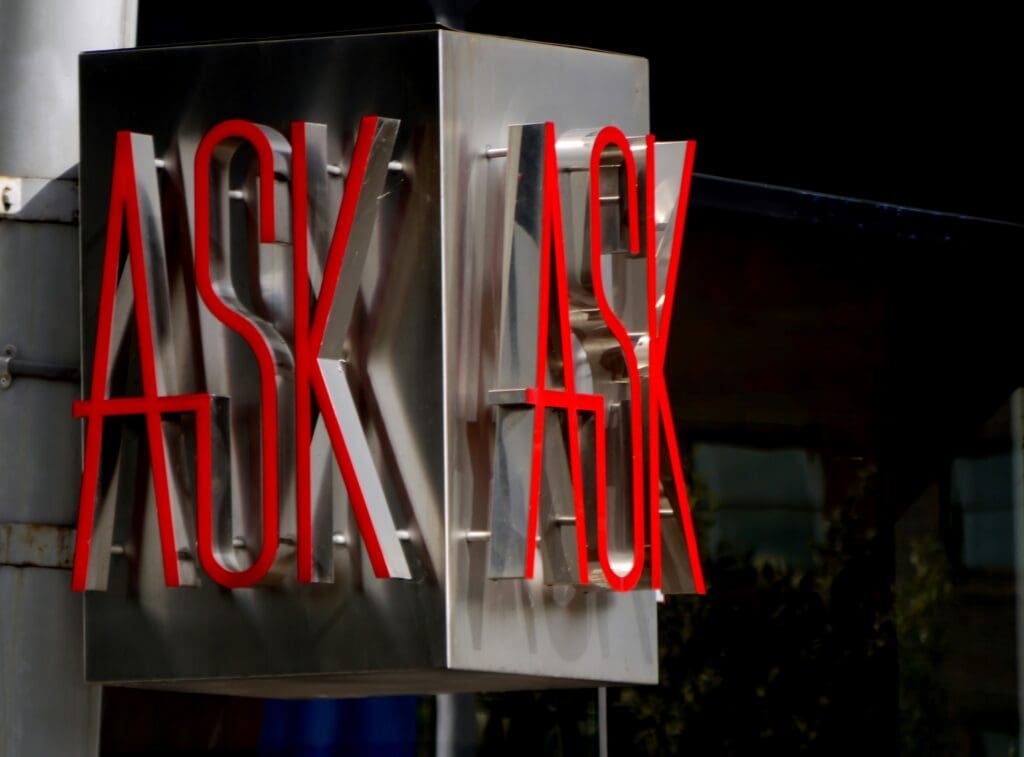Is Traditional Advertising Still Effective?

Contrary to the predictions of many industry experts, traditional advertising remains a crucial component of most marketing strategies in today’s fast-evolving landscape. According to the latest data from the World Federation of Advertisers’ State of Advertising Report, the notion that traditional advertising formats will vanish within the next five years is widely disagreed upon. Only 8% strongly agreed with the idea that “looking ahead five years, I can imagine a world without traditional advertising formats.” In contrast, 28% strongly disagreed, and 34% somewhat disagreed.
While the future of traditional advertising may not be under threat, there are indeed significant changes taking place within this space. The report also revealed a clear consensus, with over 70% of respondents agreeing that “direct-to-consumer brands will inspire major traditional advertisers to find innovative and more effective ways to engage with their audiences.”
The State of Television Advertising
The television advertising industry faced its fair share of challenges in 2020, with the global pandemic restricting people to their homes. Despite increased viewership, the cancellation of major sports events and difficulties in producing big-budget commercials drove down the market.
Nonetheless, as of 2021:
- TV media spend has continued to rise from $206 billion in 2017 to even higher levels.
- TV advertising consistently delivers superior returns compared to digital channels. Companies like Coca-Cola report generating $2.13 per dollar from TV advertising versus $1.25 from digital platforms.
- Programmatic TV buying has seen a remarkable increase of over 600% since 2016.
Television advertising is evolving rather than fading away. Viewer numbers remain stable, even as people transition to more connected and digital viewing experiences. Notably, nearly 90% of Americans use a second screen (smartphone, laptop, or tablet) while watching TV, providing advertisers with valuable insights into viewer behavior and interests. With this data, advertisers can target their ads more effectively.
The State of FM Radio
FM radio, primarily supported by local businesses, has maintained a presence in the advertising landscape, accounting for about 5% of total U.S. ad spend at roughly $14 billion. While streaming services, podcasts, and satellite radio have impacted audio consumption habits, AM/FM radio still reaches 91% of Americans weekly and constitutes 42% of total U.S. audio media time.
The COVID-19 pandemic significantly affected local businesses and radio as remote work reduced in-car listening time. While the industry is expected to rebound, it may not return to pre-2020 levels due to the continued trend towards digital media and remote work models.
The State of Print Media
Print media, especially newspapers, has seen a substantial decline over the past few decades, primarily due to the proliferation of digital devices and environmentally conscious consumer choices. Local news outlets have struggled, and advertisers have shifted their focus to more profitable online channels.
Despite these challenges, print media retains a loyal readership, with consumers often trusting print ads more than digital ones, making it a valuable advertising option. Magazines, while still present, have seen a decline in revenue, prompting many publishers to shift to online subscription models.
The State of OOH (Out-of-Home) Advertising
OOH advertising represents a relatively small slice of the advertising industry, with annual national spending of less than $10 billion. The COVID-19 pandemic severely impacted this segment, as people reduced commuting and outdoor activities, limiting their exposure to outdoor advertising.
The State of Direct Advertising
Direct mail remains a remarkably effective advertising method when executed well. According to Compu-Mail, the majority of consumers prefer to be contacted by direct mail and enjoy receiving catalogs from companies they’ve patronized.
Conversely, direct calling has become nearly obsolete due to consumer aversion to unknown calls, largely driven by an increase in robocalls and mobile phone spam. This decline can also be attributed to the high costs associated with maintaining a large team of callers.
While digital marketing continues to grow, traditional advertising channels maintain their relevance. Marketers should consider a balanced and integrated approach to reach their target audience effectively in the evolving advertising landscape.





